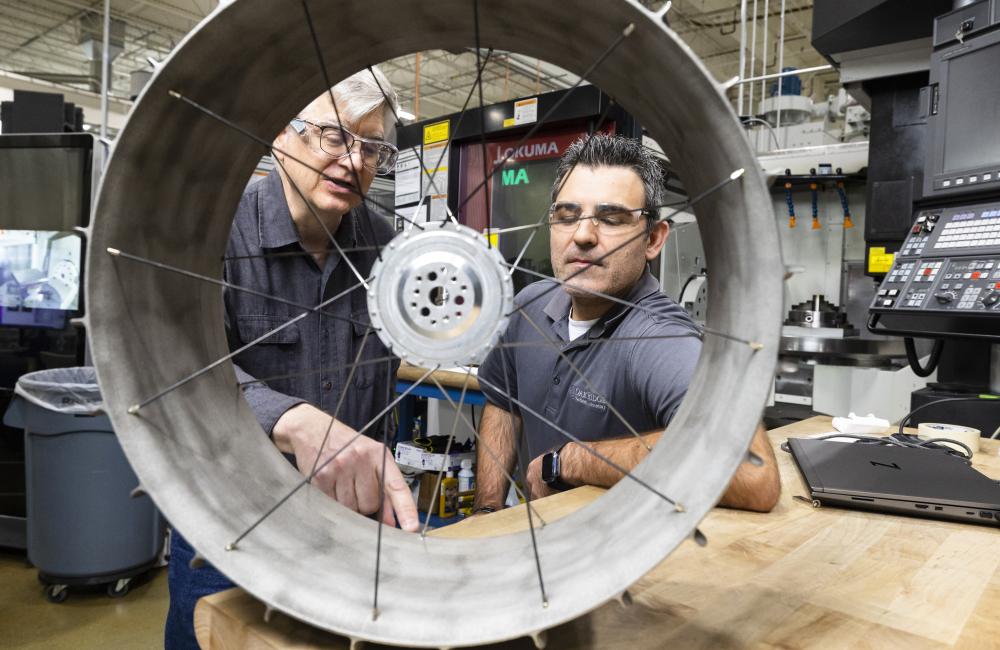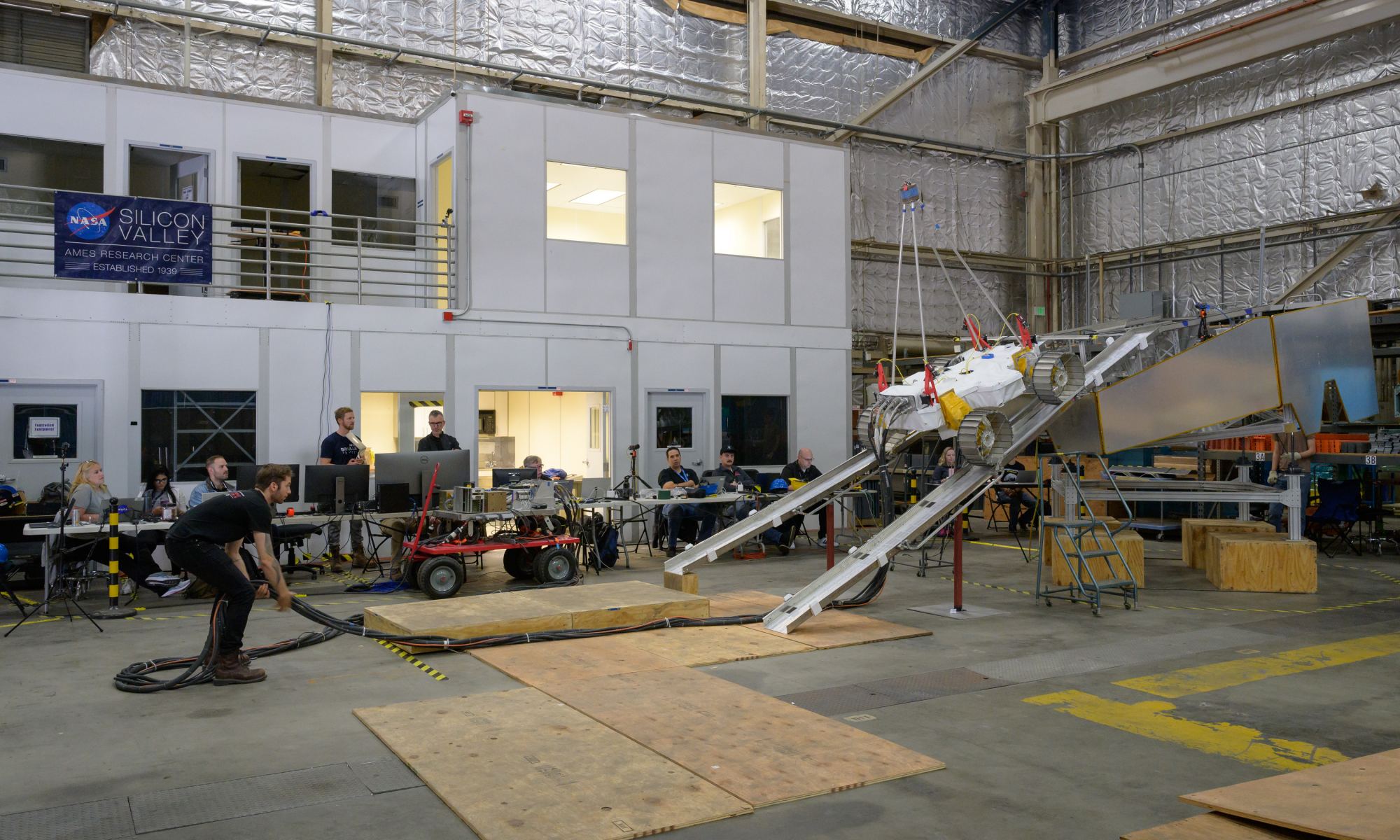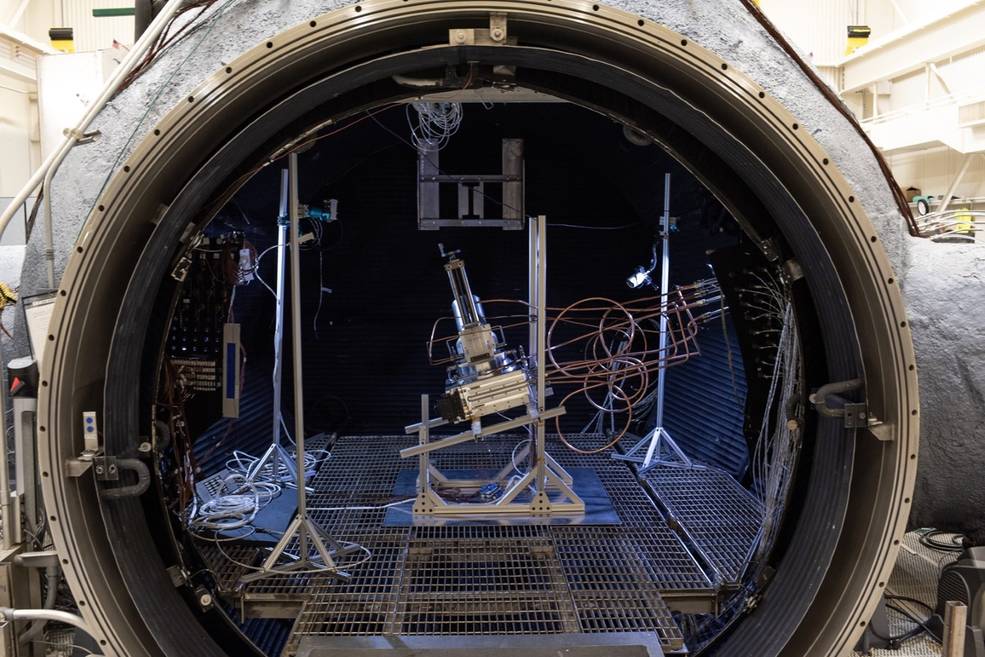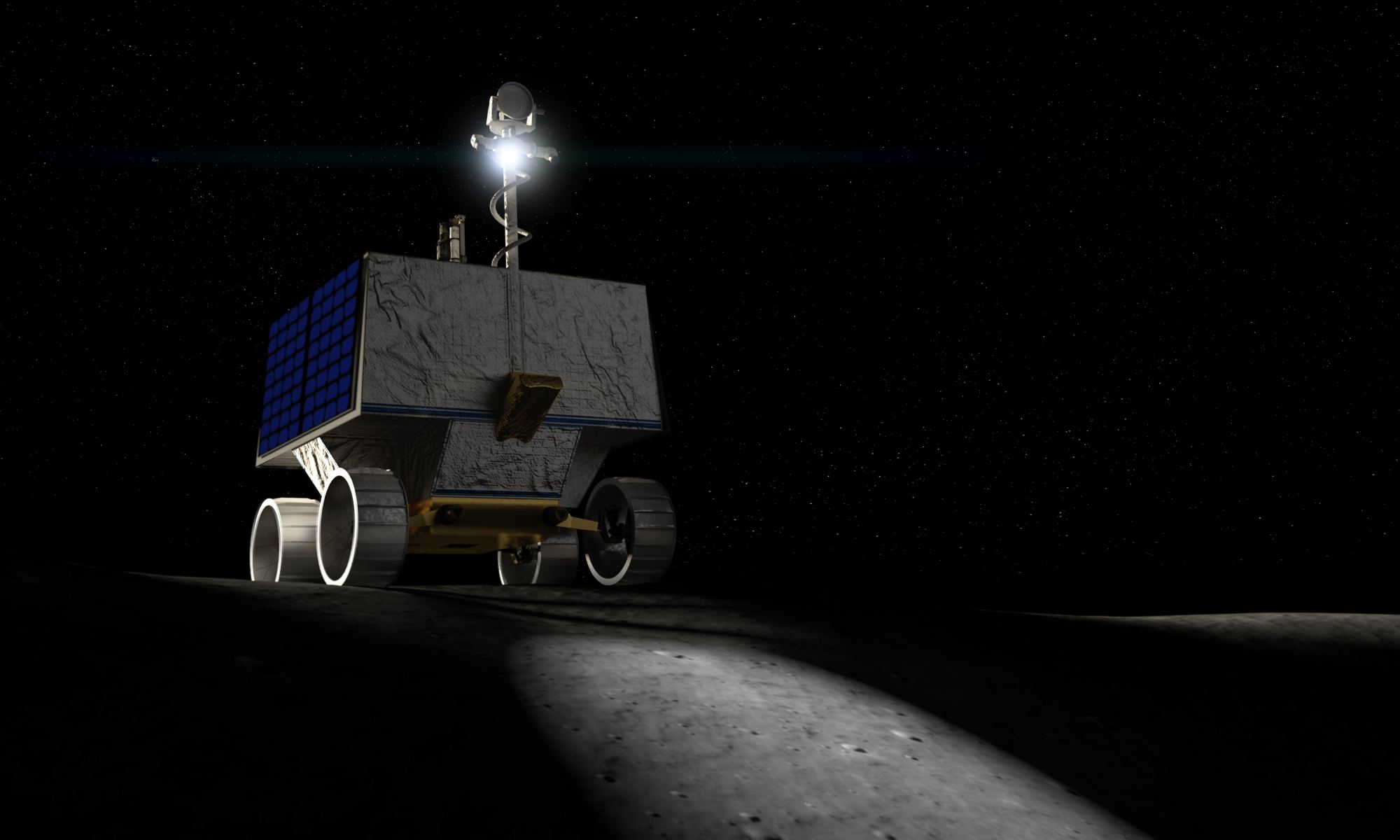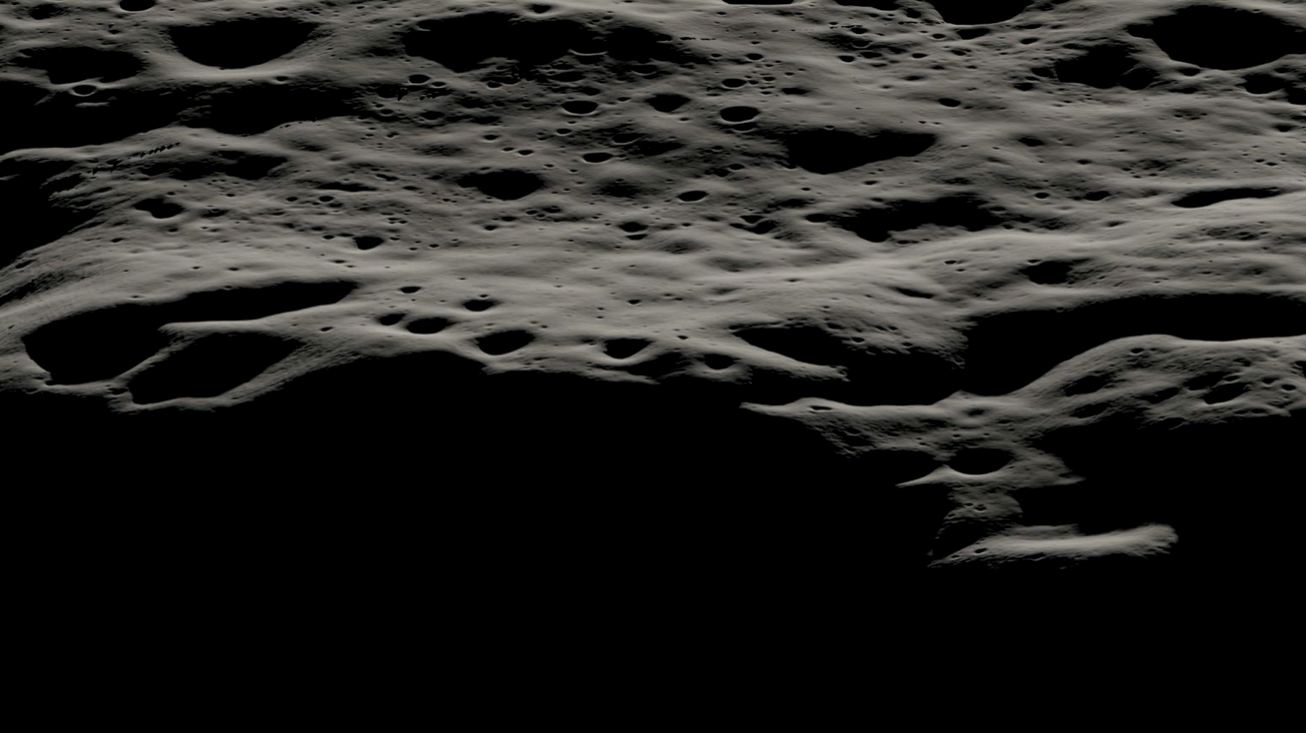Space exploration has led the world in that wonderful human ability to co-operate, alas history shows we don’t do it quite as much as we should! Recently NASA has put a request out to the wider community for ideas for their VIPER rover which was designed for lunar exploration. The exact purpose of VIPER was to hunt for volatile minerals in the polar regions of the Moon. The big question, will NASA get any takers?
Continue reading “NASA is Looking for a Commercial Partner to Save VIPER”NASA is Looking for a Commercial Partner to Save VIPER


